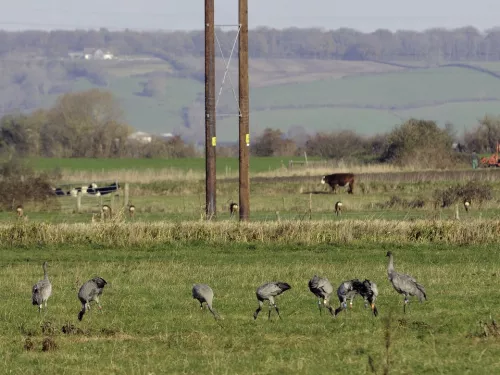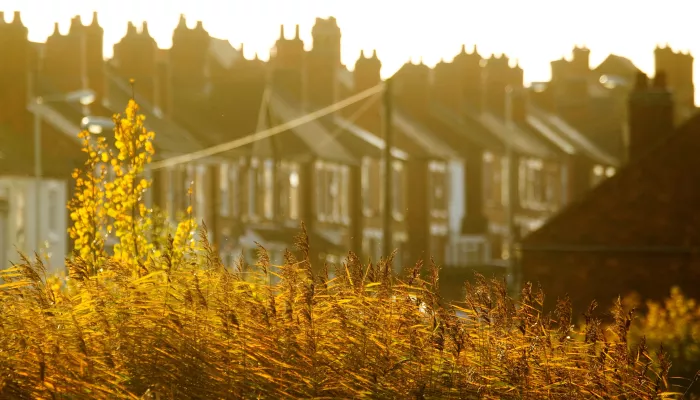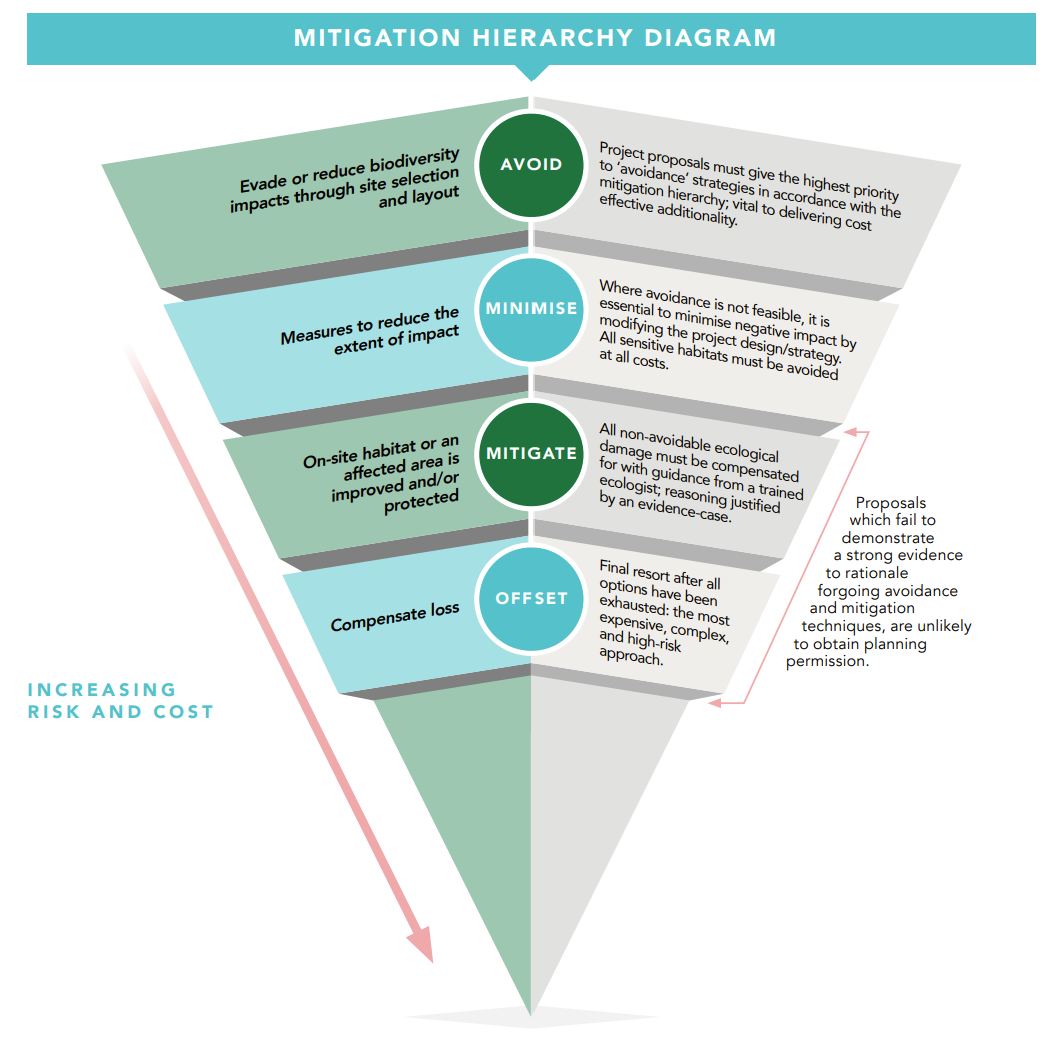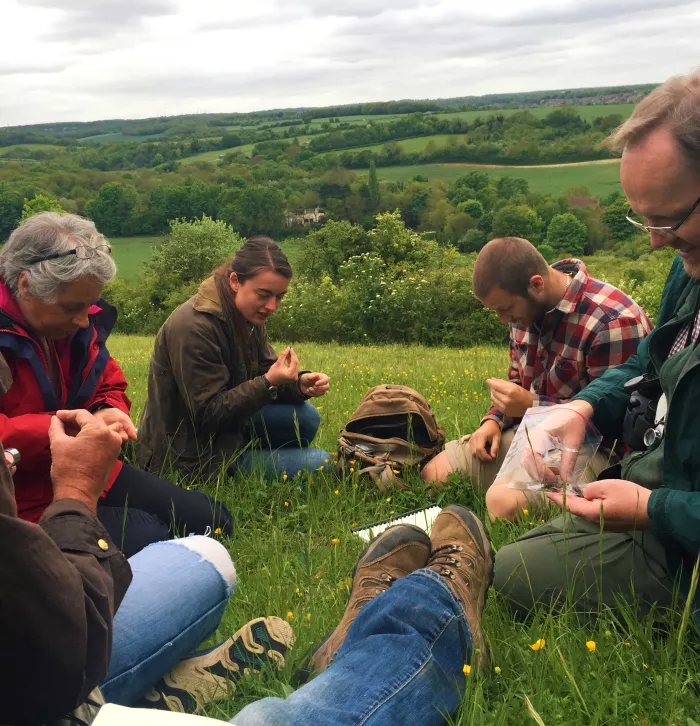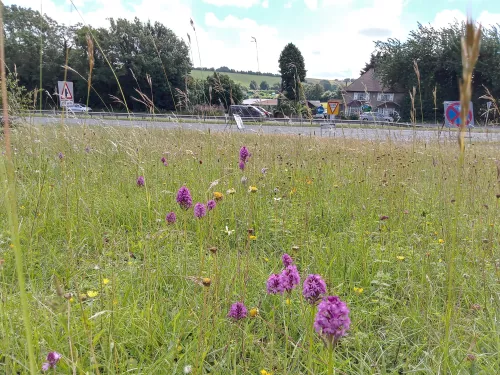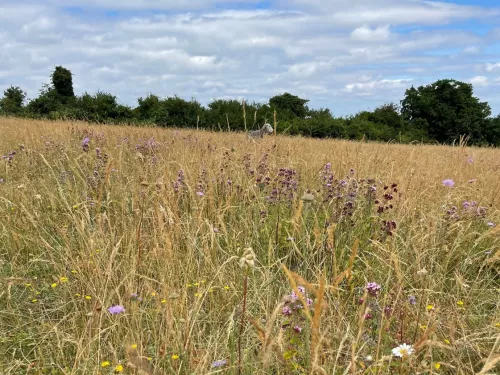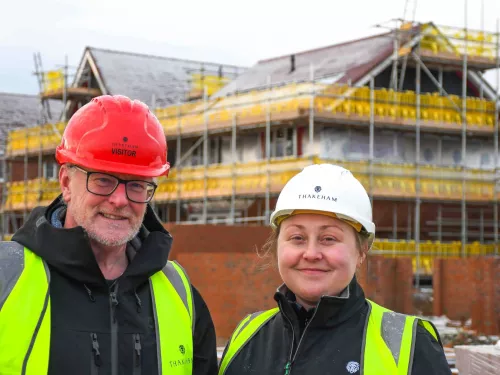All planning applications must include a BNG delivery plan that explains how a site will increase biodiversity after development.
Our BNG solutions have a proven track record of enhancing biodiversity in Kent for over 20 years. We prioritise long-term biodiversity improvement and make the most of your land's potential to benefit nature. Our BNG offsetting solutions are guided by the high integrity principles of Kent Wildlife Trust Group, ensuring maximum benefits for nature are protected in the long run.
Choosing the right habitat. We carefully select habitat interventions that strategically support local nature recovery priorities and contribute to wider conservation goals. Our approach is based on the latest environmental research and aligns with the conservation vision of the Kent Nature Partnership, which aims to create a connected network of natural spaces across the county.
Maximising benefits for nature. Our BNG solutions exceed the minimum requirement by delivering at least a 20% uplift. We avoid offsetting for habitats that are irreplaceable, highly distinct, or important for local species populations. Whenever possible, we create offset solutions that have recognisable wildlife value and the potential to become designated Local Wildlife Sites.
Sustainability. Our habitat management plans prioritize climate resilience and consider how sites can provide additional benefits to communities, such as reducing flood risk, acting as air pollution barriers, and offering recreational opportunities.
We provide a personalised service by taking into account the unique aspects of each project. We customise our service to align with the most suitable offset solution for each development. Our partners BTF have unparalleled expertise in rural land ownership in Kent and the Southeast. Additionally, our collaboration with farmer clusters has given us a deep understanding of land management in the agricultural landscape.
Visit Adonis Blue Environmental Consultancy to find out more.
